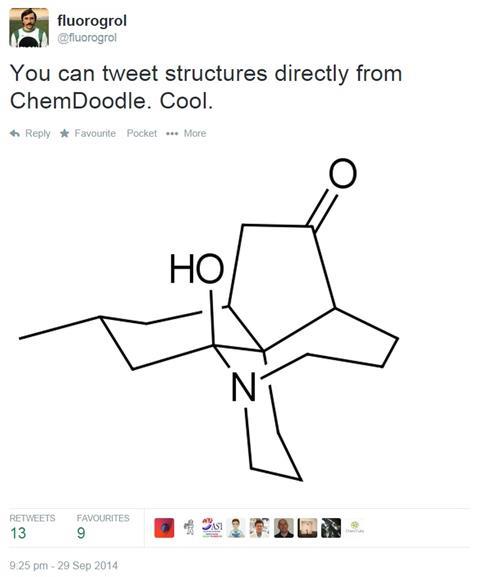

The most recent CIP rules from IUPAC were then algorithmically analyzed and standarized by Hanson et al. These rules were adopted by IUPAC for naming standards and fully described in the Blue books. While flawed, they have seen many revisions over the decades and were clarified by the work of Paulina Mata. The CIP rules have long been the standard for describing configurations of stereochemical features in a molecule. The ChemDoodle stereochemistry system is incredibly thorough andĬan even resolve drawn projections, examples below. Stereochemical feature in the sketcher below and press the Stereochemical configurations in 2D and 3D. References may beĬhemDoodle has an expert system to recognize and resolve Over the decades and more recently with the work of Paulina Mata and from Hanson et. Greatly simplified so students can more easily understand it, as the CIP algorithm is incredibly complex, To make things even more difficult, CIP rules have long been the standardįor assinging parity to stereochemical features, but such instruction is often

Topic, especially when it comes to the representation of stereochemical information in 2D and 3D. Stereochemistry is not an easy concept to communicate, and much of chemistry education involves trying to master the Stereochemistry is an important concept in chemisty and is essential for understanding chemical structure.


 0 kommentar(er)
0 kommentar(er)
